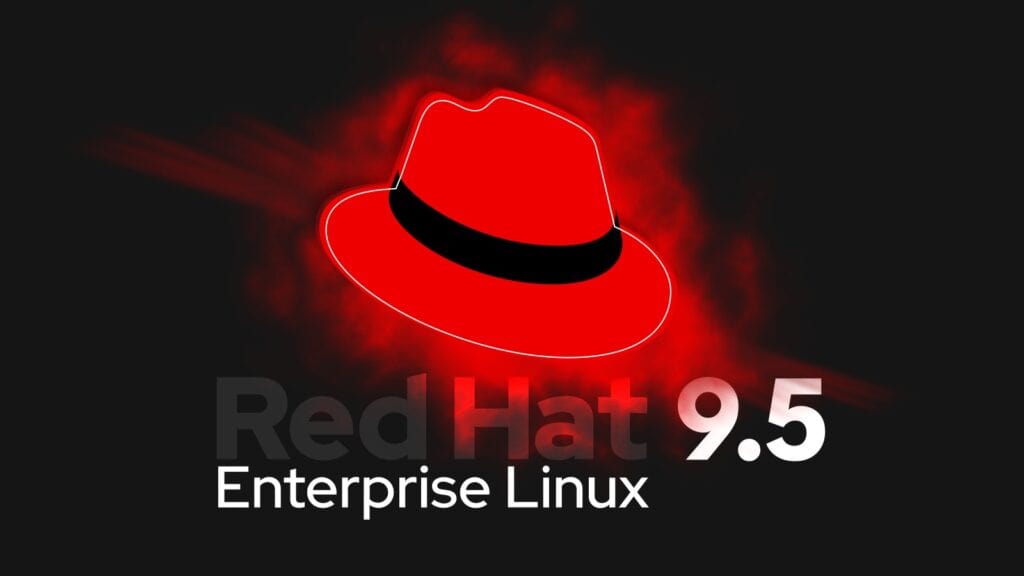Red Hat has officially released Red Hat Enterprise Linux (RHEL) 9.5, the fifth update to its flagship operating system nine series. Powered by kernel 5.14, the update focuses on reducing complexity in enterprise IT environments by providing new tools and features for developers, system administrators, and security operations.
This version offers updated application streams, the most striking being that the OS now defaults to Java Developer Kit (JDK) 17, which delivers improved application performance, faster code execution, and better scalability. JDK 11 remains available for compatibility with existing applications.
Additionally, the release also includes several updates to compilers, development tools, and performance monitoring tools:
- Compilers and Development Tools: The system toolchain components, including GCC 11.5 and Annobin 12.70, have been updated. The GCC Toolset 14, LLVM Toolset 18.1.8, Rust Toolset 1.79.0, and Go Toolset 1.22 are also available, providing developers with modern compiler environments.
- Performance Monitoring Tools: Performance monitoring tools like PCP 6.2.2 and Grafana 10.2.6 have also been updated to provide better observability and insights into system performance.
- Performance Tools and Debuggers: Updated versions of performance tools and debuggers include GDB 14.2, Valgrind 3.23.0, SystemTap 5.1, elfutils 0.191, and libabigail 2.5.
Another major novelty is the inclusion of Podman 5.0, the latest version of the open-source container management tool, which introduces “Podman farm build,” allowing developers to build multi-platform container images on remote machines using a single command. Additionally, Podman machines now boot faster and can be reset more efficiently, helping streamline container operations.
Moreover, RHEL 9.5 includes two important features that assist system administrators in managing IT infrastructure more effectively. The first is the new sudo system role, which is an Ansible Content Collection designed to automate the configuration of sudo instances across enterprise environments.
This role ensures consistent sudo configurations, allowing sysadmins to delegate responsibilities like installations and network management safely.
The second enhancement is in the web console, which now includes a file management feature. This feature enables sysadmins to perform everyday file operations, such as browsing the file system, changing file and directory permissions, uploading and downloading files, and creating directories—all through the web interface without needing to use the command line.
RHEL 9.5 also brings several improvements to support mission-critical workloads, particularly for SAP HANA and Microsoft SQL Server.
For SAP HANA users, the new version introduces faster failover capabilities by automatically switching to a secondary node during an index server crash, reducing downtime in scale-out and scale-up DBMS clusters. This functionality will also be backported to RHEL 9.4 and RHEL 8.10.
Additionally, RHEL 9.5 includes a new Red Hat Enterprise Linux High Availability cluster health check tool that proactively identifies potential issues before they disrupt SAP HANA and S/4HANA applications, increasing reliability.
For Microsoft SQL Server, RHEL 9.5 includes best practices and custom SELinux policies that simplify configuring customized ports and managing auditing logs, providing better security and ease of management.
On the security side, the new release introduces pre-hardened image configurations using image builder, thus allowing sysadmins to create secure system images that can be easily deployed across various environments.
Image builder also includes cloud-based identity management support and hardware security enhancements, including features aligning with industry privacy and confidential computing standards.
Lastly, something unexpected—RHEL 9.5 deprecates the Redis key-value store, which will be replaced with its Valkey alternative in RHEL 10. As a result, Grafana, PCP, and the PCP plug-in will use Valkey to store data instead of Redis in RHEL 10.
Refer to the official announcement for detailed information about all Red Hat Enterprise Linux 9.5 changes. For more deep dive, check out the release notes. As usual, updated versions of the leading RHEL forks, AlmaLinux and Rocky, are expected to be released in the upcoming days and weeks.
